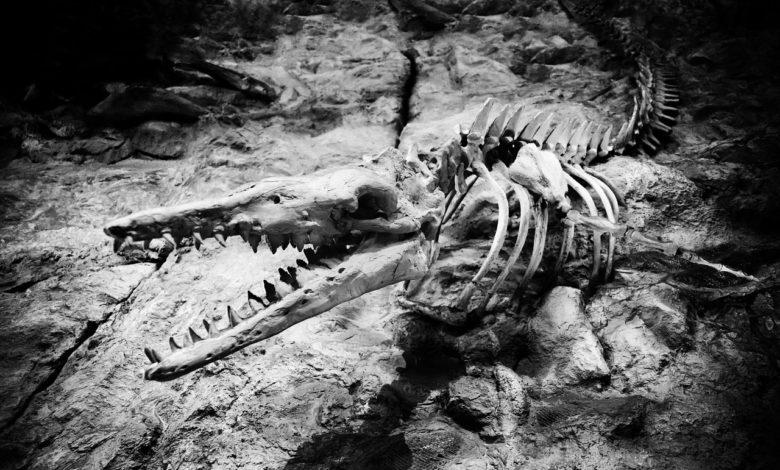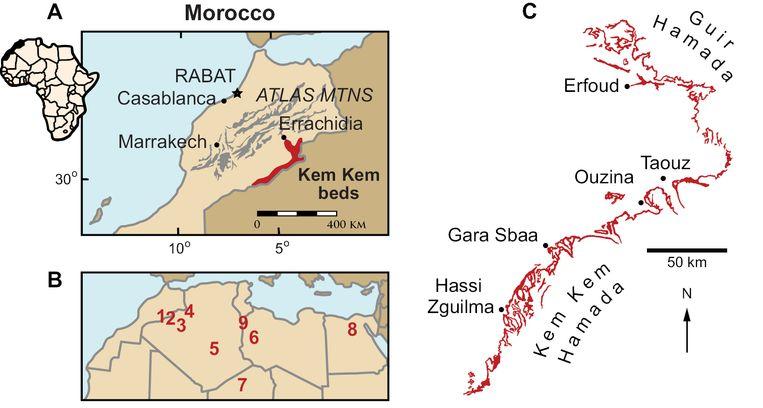Most dangerous place in the history of Earth according to science

Have you ever wondered where the most dangerous place on earth is? A group of international paleontologists decided to answer that question. However, they went a step further: they went in search of the most dangerous place in the history of the earth. The answer? The Sahara, about 100 million years ago.
Although in the Sahara – in southeastern Morocco – it now looks mostly dry, barren, and desolate, about 100 million years ago, it was the empire of the giants of the earth.
Think of enormous predators, flying reptiles, and the ancestors of crocodiles. “As a human time traveler, you wouldn’t want to be there for long,” jokes Nizar Ibrahim, a researcher at the University of Chicago.
What horrifying creatures lived in the Sahara? Among other things, fossils of Spinosaurus were found: these are carnivorous dinosaurs that grew up to seven meters long and could weigh up to 7,500 kilograms.
The impressive Spinosaurus lived side by side with the even larger Carcharodontosaurs: carnivorous dinosaurs that could also grow up to 14 meters long and weigh an average of 7,000 kilograms.
Finally, fossil remains of the Deltadromeus have been found: a slightly smaller dinosaur that would still easily tower over humans.
And what did those impressive animals live on? Since numerous rivers flowed through the Sahara at the time, there were many fishes (which, incidentally, were also a lot larger than today’s fish).
“The Coelacanthiformes, for example, were probably four or even five times the size of current specimens,” said researcher David Martill.
“There was also a huge freshwater shark called Onchopristis with terrifying teeth.” The shark had a long snout, which resembled a saw. On the side of that “saw” were sharp teeth. The Onchopristis could grow up to six meters long.
Extensive work since 1936
That conclusion follows the most comprehensive fossil animal study of the past decade. It looked at the fossil finds discovered in rock formations in southeastern Morocco, the so-called ‘Kem Kem Group’.
“This’s the most comprehensive work on fossil vertebrates from the Sahara since 1936 when German paleontologist Ernst Freiherr Stromer von Reichenbach published his last major study,” said Martill. The result was published in the trade magazine ZooKeys.





